There are five species of salmon that travel up the Fraser River, starting with the springs (kings) that enter the river in early May and continue throughout the summer until late October. The sockeyes arrive next in late July and continue to run until the end of August. Next to arrive on odd number years (2013, 2015, 2017 etc.) are the pinks (humpys) - they arrive in the tens of millions in early September and run until early October. In early October the coho (silvers) arrive and run until late November. Early in October also welcomes the arrival of the chums (dog salmon) which will run until the end of November.
Also known as kings are the largest of the five salmon species, these big brutes range in size from 10 to 100 pounds in some rivers. So when you hook one you know you are in for a good fight. Spring fry hatch in early spring and usually stay in fresh water for between 12-18 months before migrating to the ocean where they spend from 1-8 years before returning to spawn. The females die between 1-4 weeks after they spawn but males have been known to live on and try to spawn again with a different mate.
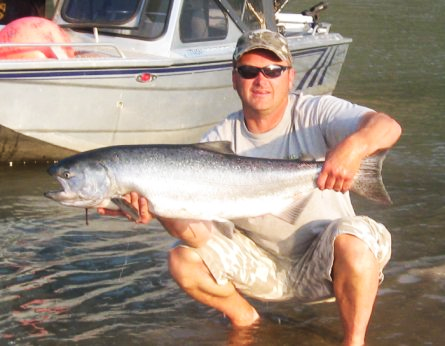
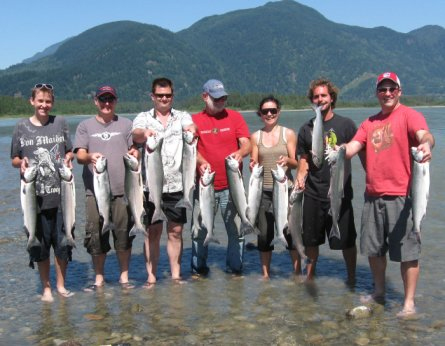
Also known as red salmon, sockeye range in size from 4 to 12 pounds and are pound-for-pound one of the hardest fighting of the five salmon species. Sockeye salmon spawn in waterways that have a lake connected to it. The fry hatch in early spring and spend between 1 and 3 years in fresh water before migrating to the ocean where they live between 1 and 4 years at sea before returning to spawn, where they die soon after.
Also known as humpys, pinks average in size from 4 to 7 pounds in size, with some males getting a bit bigger pink salmon are the most abundant of the 5 salmon species returning in the millions on odd years 2015, 2017, 2019 etc….Pink fry hatch in early spring and then migrate to the ocean sometime between March and April when they quickly travel downstream to the ocean where they spend two years maturing before returning to their home rivers to spawn. Pinks die within days of spawning.
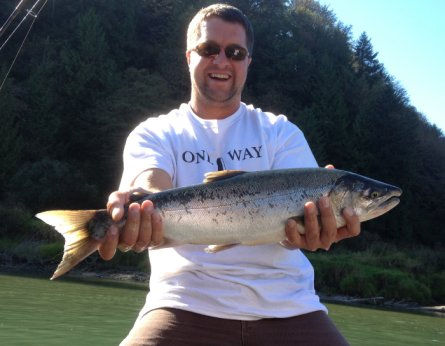
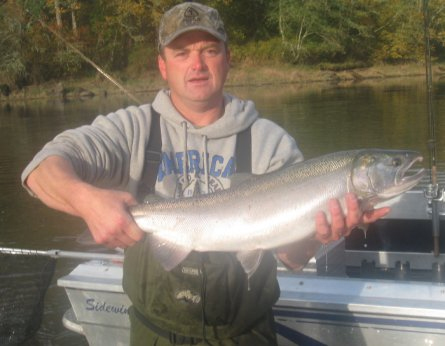
Also known as silvers, cohos range in size from 4 to 20 pounds with some males getting a bit bigger. Coho fry hatch in the early spring and migrate to the ocean between March and July where they will spend between 1 and 3 years at sea before returning to spawn. Coho have been known to live for weeks after spawning.
Also known as dog salmon, chums range in size from 8 to 20 pounds with some males getting much bigger. Chums are probably the hardest fighting of the 5 species of salmon that return to the Fraser River and its tributaries every year. Chum fry hatch in early spring and migrate out to sea between March and July where they will spend between 1 and 3 years maturing in the ocean traveling many miles and covering long distances before they return in the late fall to spawn and die a few weeks later.
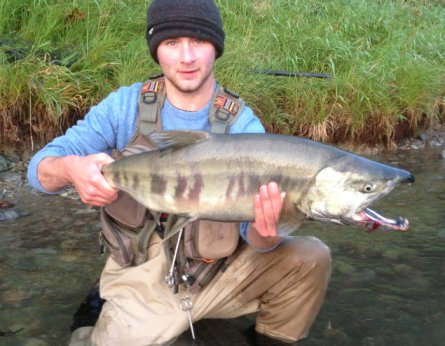
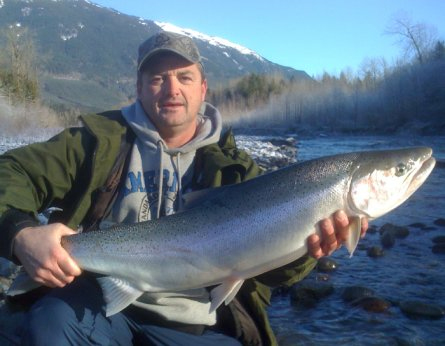
Range in size from 5 to 20 pounds with some getting much bigger, are the most elusive of the species we fish for. Steelhead fry hatch in late spring, and some stay in fresh water their whole lives and are known as rainbow trout. The ones that migrate to the ocean are called steelhead and get much bigger than the ones that stay in fresh water. Steelhead will spend up to 3 years in the ocean before returning to spawn in their home river.
We are lucky to live in beautiful scenic British Columbia where we have a world class fishery fishing for the world famous Kamloops rainbow trout. Two hours east of Chilliwack there are hundreds of pristine lakes full of rainbow trout ranging in size from 1 to 12 pounds. Kamloops rainbow trout are caught using trolling gear or by casting a fly. Trout are fished from ice off in early April to late November when the ice comes back.
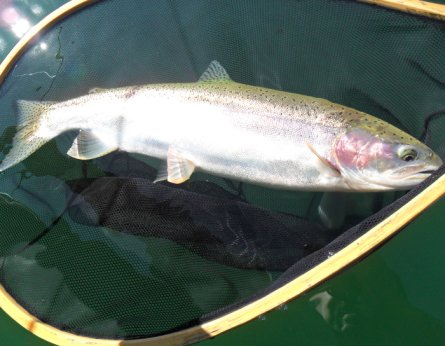
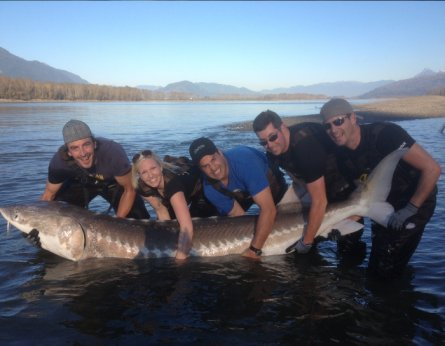
Living in the Fraser and Harrison rivers year-round, sturgeon range in size 1-14 foot in length and can reach weights of over 1000 lbs. When you catch a sturgeon you better be ready for an epic battle of a lifetime. Known for their brute strength and hard pulling ability, sturgeon will often jump clear out of the water when hooked and believe me it is an amazing sight to see when that happens. So if its sturgeon you’re after book one of our sturgeon adventures and have a trip you will never forget. Best time to fish sturgeon is from early March to late November.
Ready to book a day trip for yourself or for a group? Take a look at our booking info page for more details.